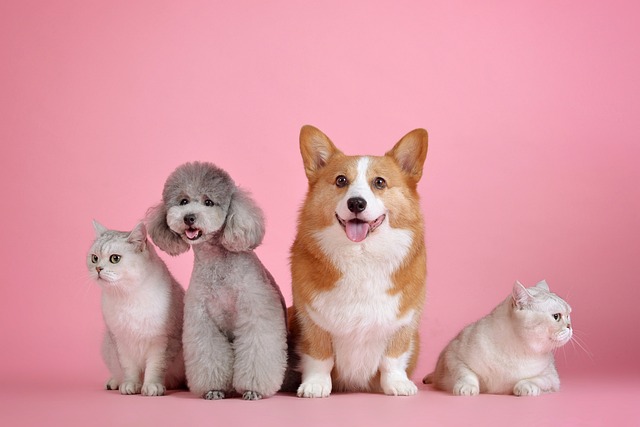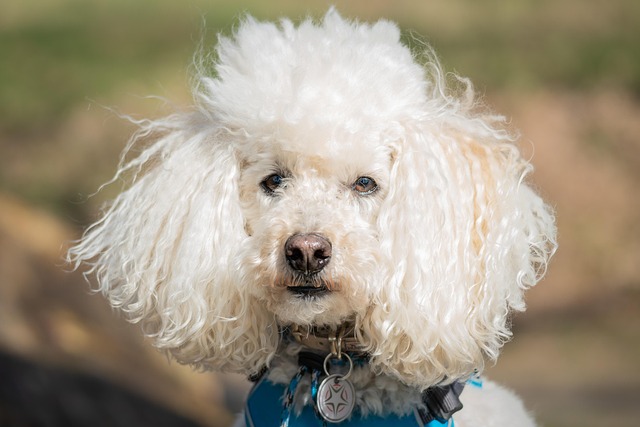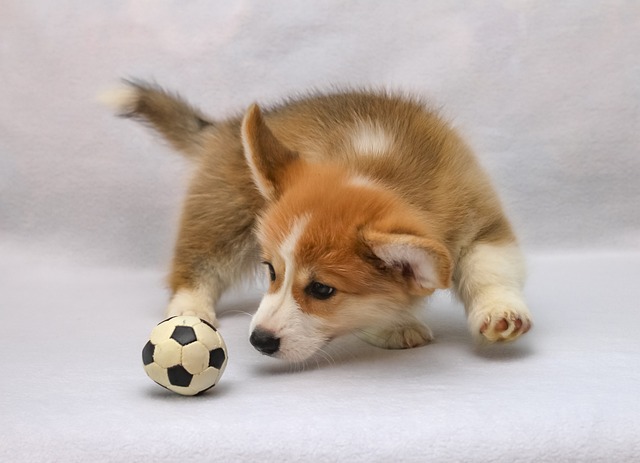As a new dog owner in the U.S., you’re probably focused on keeping your furry friend healthy and happy. But there’s one serious condition you should be aware of: Gastric Dilatation - Volvulus (GDV), or bloat. Understanding what foods can potentially trigger GDV is crucial for safeguarding your dog’s well - being. One moment your dog could be happily munching away, and the next, they might be facing a life - threatening situation.
GDV occurs when a dog’s stomach fills with excessive gas, food, or fluid, causing it to expand. In severe cases, the stomach can twist, cutting off blood supply to vital organs. Certain foods contribute to this dangerous process. High - carbohydrate and high - fat diets can be a culprit. When dogs consume rich, fatty foods like leftover fried chicken or a large amount of processed treats high in carbs, it can lead to rapid fermentation in the stomach, generating excessive gas. Additionally, dry kibble, especially if it’s consumed too quickly, can absorb liquid in the stomach and expand, increasing pressure. Dogs that gobble down their food are at a higher risk, as the act of rapid eating introduces a lot of air into the stomach, which combines with the food to cause dangerous distension.
To reduce the risk of GDV related to food, start by choosing the right diet. Opt for high - quality dog food that’s appropriate for your dog’s age, breed, and activity level. Look for formulas with balanced ingredients and avoid those with excessive fillers or artificial additives. When it comes to feeding, divide your dog’s meals into smaller portions throughout the day instead of one large meal. This helps prevent overeating and allows the stomach to digest food more slowly. You can also use puzzle feeders or slow - feeder bowls, which force your dog to eat at a slower pace. If you give your dog treats, choose healthy, low - fat options and limit the quantity. And never let your dog exercise immediately before or after eating; wait at least an hour to allow for proper digestion.

In the American pet - owning community, proper feeding practices are not only about preventing GDV but also about being a responsible pet owner. Ensure your dog’s vaccinations are up - to - date as required by state law, as a healthy immune system can better handle any digestive issues that may arise. When living in apartments, be mindful of food storage to avoid attracting pests. During community walks, clean up after your dog promptly, whether it’s food - related waste or not, to maintain good pet - owner etiquette. Remember, positive training methods can be used to teach your dog to eat slowly, such as rewarding them for calm eating behavior. Punishment for eating too fast won’t solve the problem and can create anxiety around mealtime. This approach aligns with the strong animal welfare values in the U.S.
By being cautious about the foods your dog eats and adopting healthy feeding habits, you can significantly reduce the risk of GDV. Your attention to detail in what goes into your dog’s bowl today can lead to a long, healthy, and happy life for your beloved pet.






